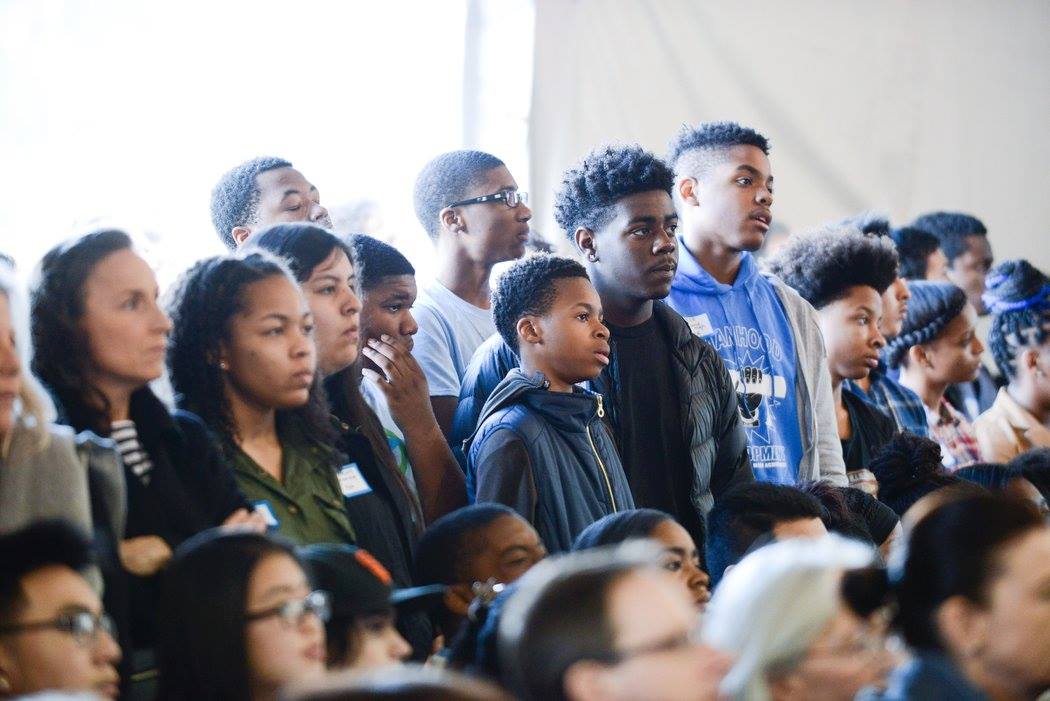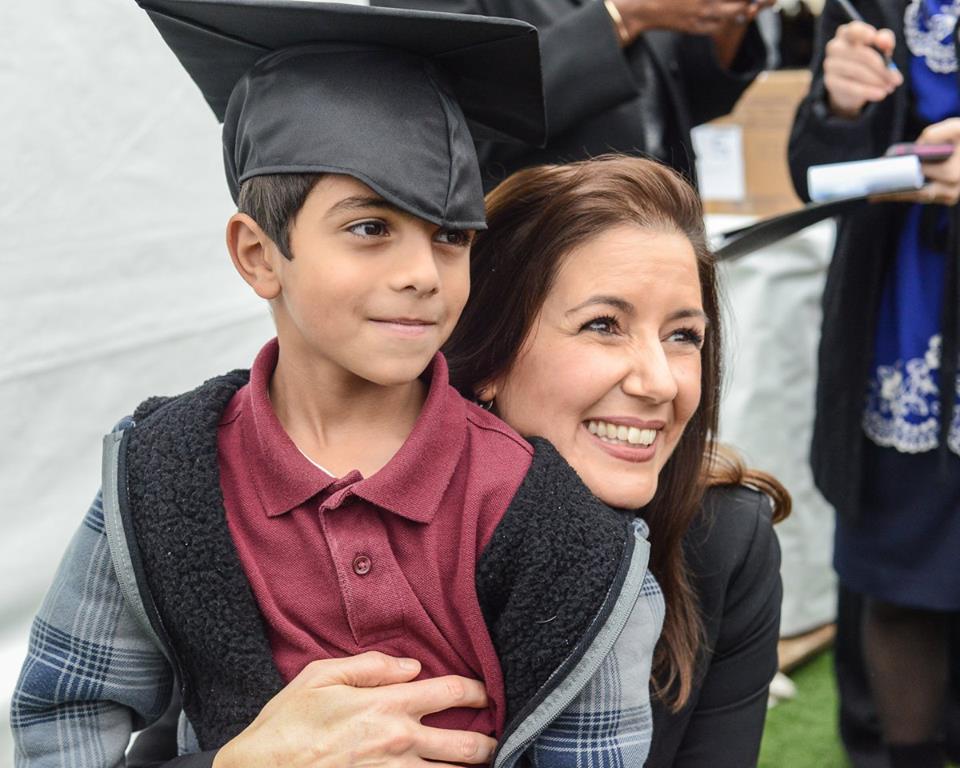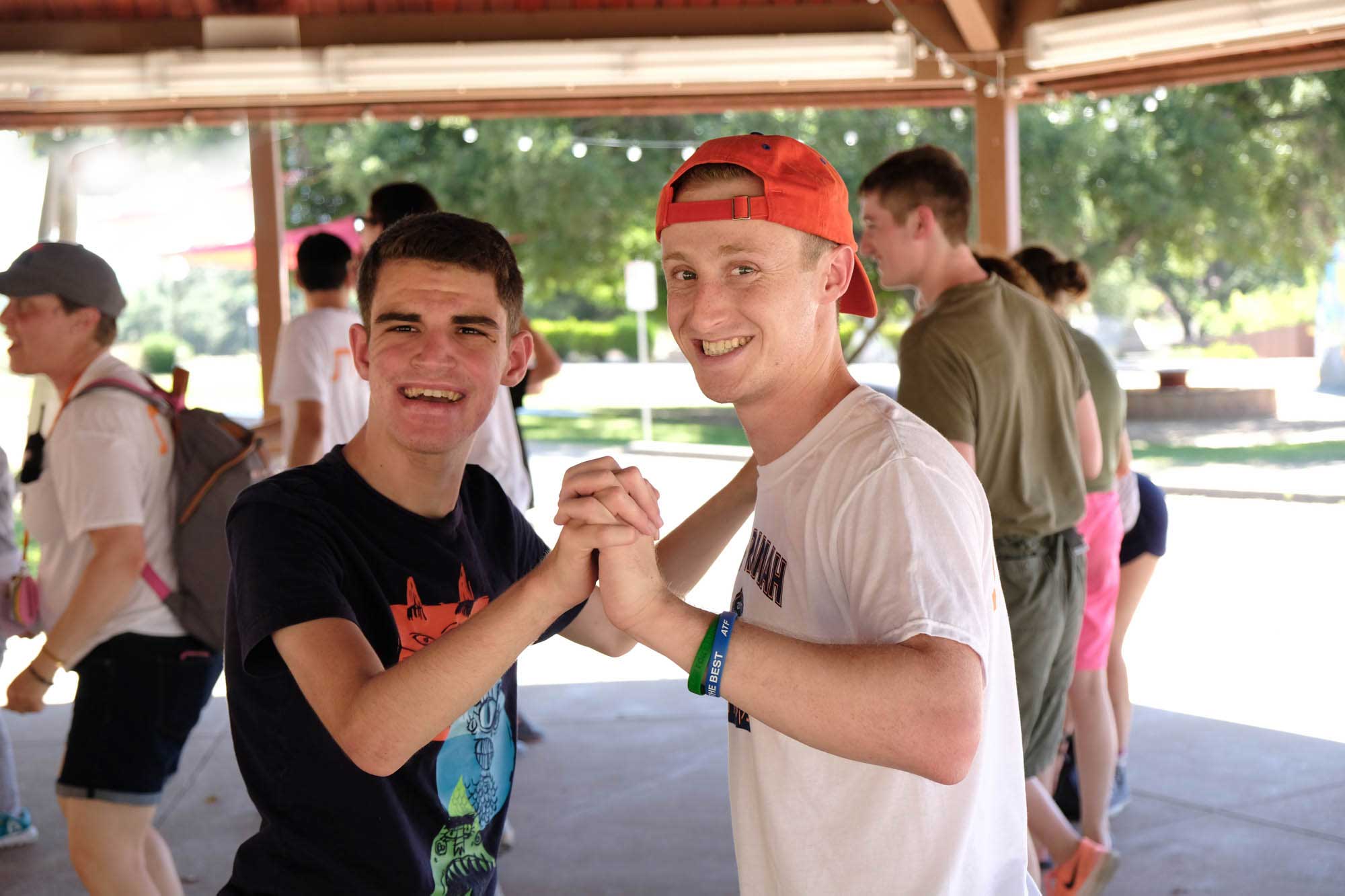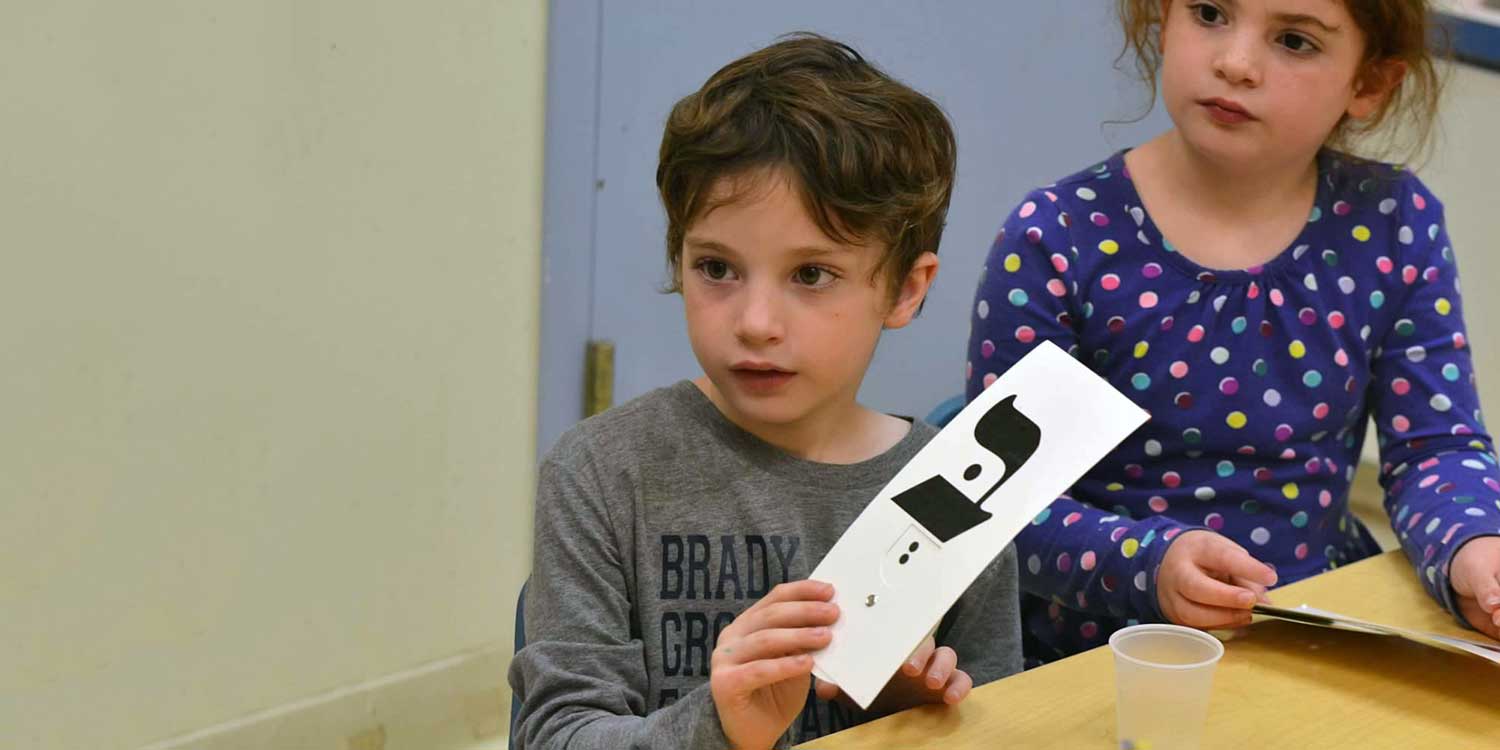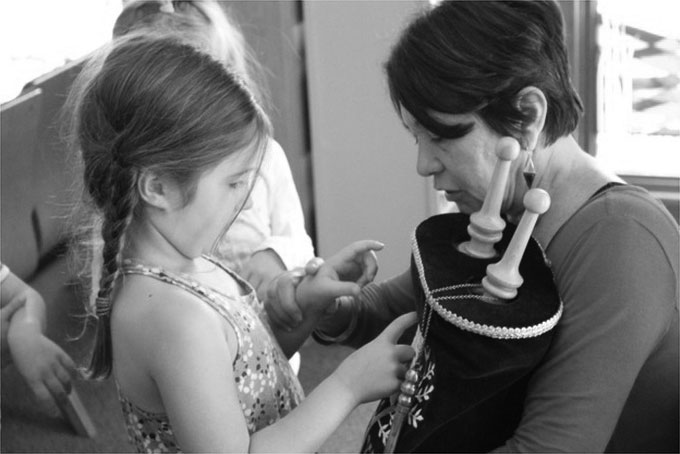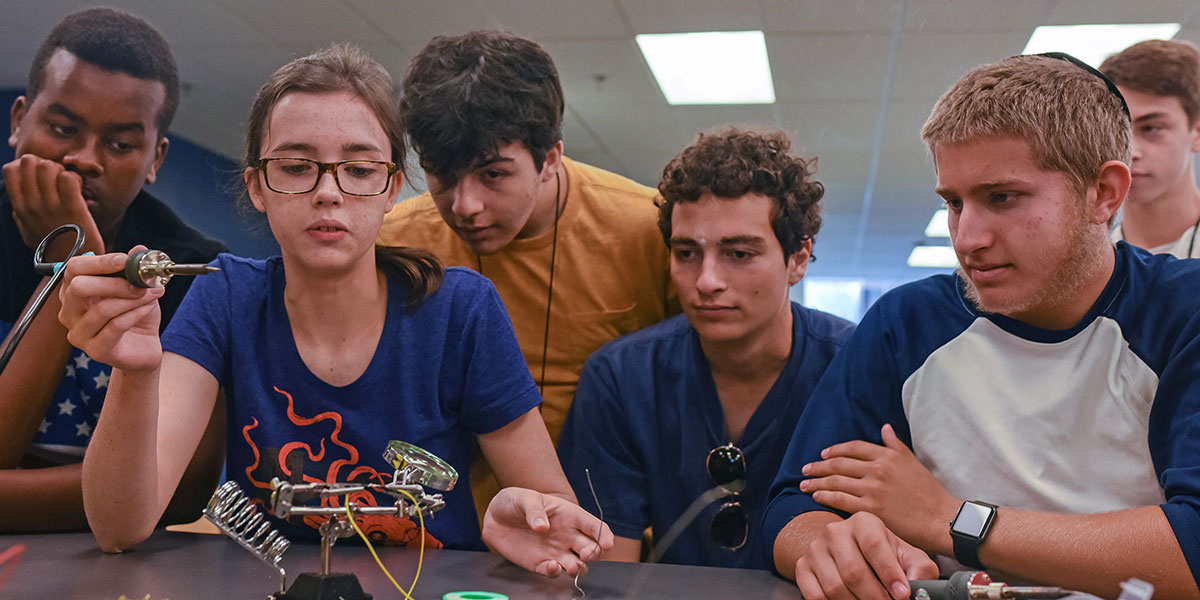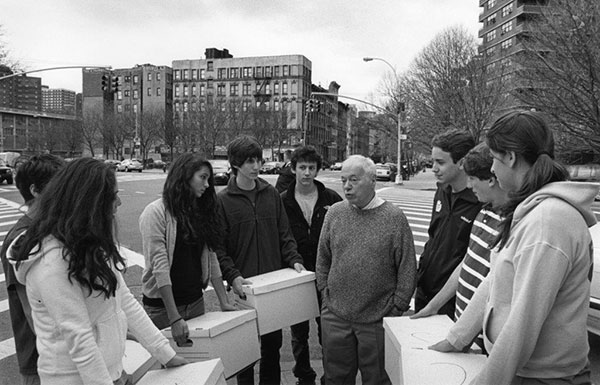
ARTICLE With a Focus on Building Relationships, One Educator Dreams (Very) Big
If you ask 10 teachers what the most important element is in creating a successful learning environment for students, you’re likely to get 10 different answers. But if you look closely at the list of potential answers—establishing trust, building confidence, creating community—you’ll likely note that they all hinge on one crucial idea: establishing positive relationships.
This is a central tenet of educational pedagogy that spans the field and applies not only to religious school settings or early childhood models, but also to the college campus and faculty lounge. What’s more, strong relationships can both bolster a learning environment, and also help build a new one, where there wasn’t one before.
David Silver, the Director of Education for the City of Oakland, California, knows something about this.
“Building relationships with my students and their families,” Silver said, in response to a question about how he stays motivated in his work, “that’s what inspires me. I’m still in touch with many of my former students; I visited the extended families of 15 of my students in Mexico, I invite students to my house on holidays. Through relationships, my students and their families come to understand that my heart is in my work, that I care.”
As the former CEO of College Track, a national organization that works to “empower students from underserved communities to graduate from college,” and the founding principal at Think College Now, a public elementary school in the Oakland Unified School District, Silver has spent a lot of time learning about the struggles of the families whose children he works with, and figuring out a way to bridge his experience with that of a demographic where only 1 in 20 will graduate high school eligible to attend a University of California school.
“I started my teaching career with Teach for America, and was placed in a bilingual 2nd grade classroom at Bunche Elementary School in Compton,” Silver explained. “While there, I quickly realized how many opportunities I had that my students didn’t. I needed to figure out why.”
While at Bunche, Silver had the idea to hold a college information workshop for his students—the 2nd graders—and their families. “It was amazing,” he said. “I had these kids come to the workshop and say, ‘Wow. I had no idea I could go to college.’ Their families didn’t know about the financial aid available to them. There was a real disconnect between their knowledge and the information available.”
Silver dug in. He took his young students to UC Berkeley and showed them the campus. “They couldn’t believe there were kids that looked like them at Berkeley,” he said.
When Silver ultimately left the classroom and became the program director of Teach for America, he suddenly had the vantage point of overseeing 100 schools, and he began to understand how it was schools in the same demographic had wildly varied success rates.
“The difference is in the leadership,” he explained. To be frank, not enough schools were committed to changing the statistics.
So Silver capitalized on the relationships he’d built and began organizing within the community. He brought together five community members, four parents, one student, and five educators and he asked them what they thought about “creating a school with the goal of sending every student there to college.”
They started by meeting in families’ backyards, and the going was initially rough. “In our first year, a bunch of our teachers quit—we had high expectations and we couldn’t pay them enough. I was worried. I said to one of our involved family members, ‘it was good run but this isn’t going to last.’ And she said to me, ‘David, we’ve got your back.’”
Because of the strong bonds Silver established with committed partners in his community, within 8 years Think College Now went from a rate of 8% of students performing at grade level to over 60% at grade level in reading and over 80% at grade level in math.
Silver ran the Think College Now School for eight years. And just over a year and a half ago, the first class of kids from the school graduated from high school. Out of 39, 31 were college bound, quite a remarkable turnaround from the 1 in 20 statistic he’d learned all those years before.
“Having high expectations and a belief that all kids can learn is essential,” Silver noted. This is not easy to do. But it’s so important to focus on people, to be humble and have perspective.”
After spending eight years at Think College Now, Silver saw that his students and families needed support to get to and through college; it was then that he decided to make the transition to College Track, a national non-profit whose mission is to empower students from underserved communities to graduate from college. He led the organization through significant growth – from serving 900 students to more than 2000 including expansion to Colorado, Sacramento and Los Angeles; and raising the four-year college acceptance and matriculation rates to 94% and 89% respectively.
Then the office of Oakland Mayor Libby Schaaf came calling last year, and Silver it was once again time to make a move so that he could affect more change. He realized that by working at the government level, he’d have the opportunity to reach tens of thousands of kids in Oakland and make sure they had the opportunity to complete college. He jumped at the chance. Now, as Director of Education for the city, his top objectives are carrying out the vision of the Oakland Promise, which launched at the end of January.
Through a partnership with over 100 community-based organizations and 400 individuals as champions, the school district, and Office of the Mayor, the Oakland Promise is a “Cradle-to-Career strategy” to support Oakland students with the skills and resources they’ll need to complete college and be successful in the career of their choice.
As Silver explains it, the Oakland Promise puts forth a variety of ambitious efforts, including college savings accounts from birth and at kindergarten, financial incentives, mentoring, scholarships and much more. It’s a tremendous undertaking, but he’s up to the task.
“I’m not necessarily the guy who sits in an office and comes up with the strategic plan,” Silver attested. I’m the guy who goes to the microphone and motivates people. I value my ability to build inclusive relationships with people from all backgrounds; I’m the guy who dances around with excited kids and who shakes hands with every parent.”
“I respect them and they know that,” he said.


